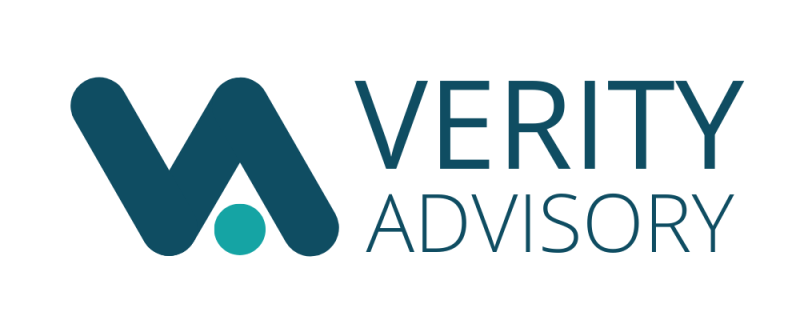From 1 July 2025, the superannuation guarantee (SG) rate will increase to 12%, meaning
more employer contributions to your super fund. This change will boost your retirement savings over time but timing matters when it comes
to how much super you receive.
When does the 12% Super Rate Apply?
It’s not about when you worked, but when you were paid.
-
If your payday is on or after 1 July 2025, then your employer must contribute 12% to your super – even
if you earned that pay in June.
-
If your payday falls before 1 July 2025, then the current rate of 11.5% applies, even for work
done in July.
Example:
Let’s say George works in late June and gets paid on 2 July 2025. Since the payment was made in July, the 12% SG rate
applies.
If George works in early July but is paid on 30 June 2025, the 11.5% rate still applies because of the earlier pay date.
Super Deadlines for Employers
Employers must pay the correct SG amount by the standard deadlines – usually 28 days after each quarter ends.
SG Rate Timeline at a Glance:
Period
|
SG Rate (%)
|
1 Jul 2020 – 30 Jun 2021
|
9.5
|
1 Jul 2021 – 30 Jun 2022
|
10
|
1 Jul 2022 – 30 Jun 2023
|
10.5
|
1 Jul 2023 – 30 Jun 2024
|
11
|
1 Jul 2024 – 30 Jun 2025
|
11.5
|
From 1 Jul 2025
|
12
|
This 12% rate marks the final stage in Australia’s gradual superannuation increase plan.
What Income Attracts Super?
Super is generally paid on your Ordinary Time Earnings (OTE) – including your base pay, commissions, shift loadings, and
allowances.
Overtime, reimbursements, and certain one-off payments may be excluded from super.
Need Support?
If you're unsure whether you're receiving the correct super amount, it's worth checking. Every dollar counts towards your retirement.
For employers, understanding which payments require super and when to apply the new rate helps avoid errors and penalties.
Need help? Contact us to ensure your super obligations are up to date and correct.



